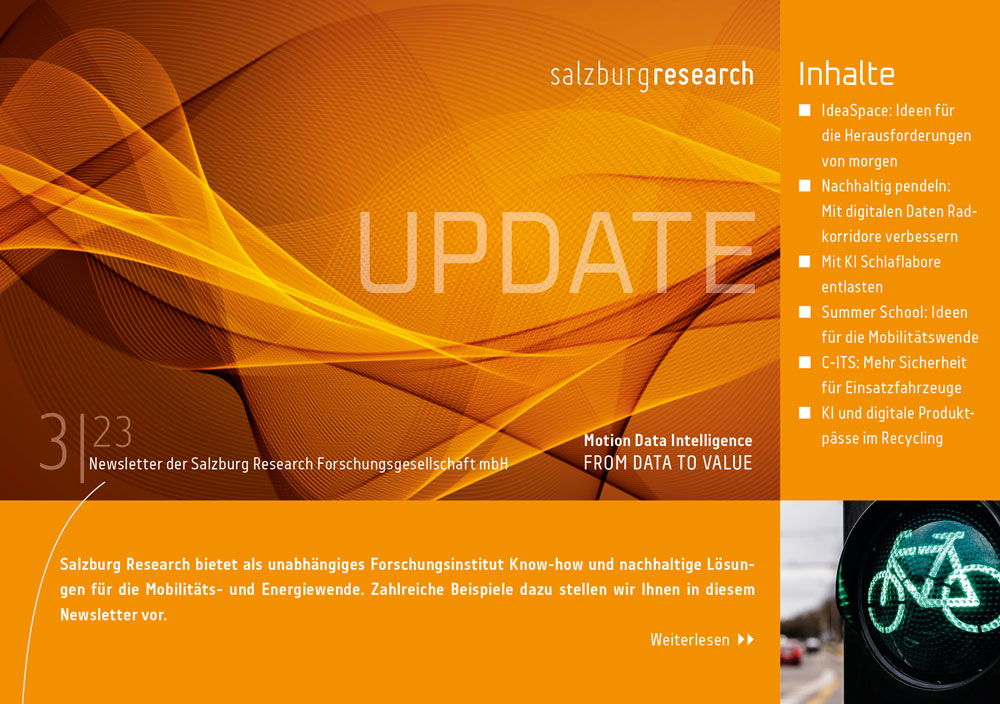OFSE_Grid – Open Flow Secure Grid
The potential of Open Flow for becoming a next generation Smart Grid communication infrastructure will be explored. Both the energy domain and the classical IP networking get their own router stack sharing the physical and L2-VPN layer. The project analyses the relevance of the scientific open questions, evaluates the modelling methods and performs validations with a rapid prototype.

Problem to solve and initial solution:
Recently the progress in the development of Smart Grid communications infrastructure is hampered by contradictory positions of the EC at one side „explore the possibility of deploying dedicated services on shared telecoms infrastructure, rather than entirely new infrastructure” [1] and the requirement of energy provider (DNP’s) to manage their own communication infrastructure „Es ist jedoch davon auszugehen, dass zumindest für eine Übergangszeit .. der (IKT-) Betrieb beim Verteilnetzbetreiber liegen wird… da er die Verantwortung für einen zuverlässigen Netzbetrieb trägt“ [2] . The main argument of the energy provider is „the existing telecom infrastructure is not reliable enough and critical communication infrastructures like Smart Grid Com can’t be integrated riskless”. A first step into the direction of shared Com infrastructures was gone, when the synchrophasor measurement values were transmitted via the SDH/SONET telecom infrastructure in Europe and USA. But the expensive SDH/SONET technology will be replaced by the resource sharing packet transmission (similar to telecom’s VoIP). Therefore the challenge is to implement the communication infrastructure over packet networks. In USA the first real world system is realised. The NASPI Net (North American Synchro Phasor Initiative) uses the VERIZON IP-Network based on IEC 61850-90-5. The situation in Europe is described above.
Planned goals and approaches:
To convince the energy provider of the benefits reliability (primary goal) + cost effectivness of shared communication infrastructures the new network architecture Open Flow (OF) will be investigated. The OF architecture splits the router into two separate parts (“hybrid router”) on top of the shared used physical (optical) and link layer (LAN VPN). This architecture fulfils the requirements from above in an optimal way: „EC: dedicated services on shared telecoms infrastructure“ with a maximum of separation of the router protocol stack (requirements energy provider) but also with a maximum of shared usage of the expensive physical infrastructure.
Because of this technology till now was not investigated neither in the Smart Grid Community nor in the Internet-Community, this explorative pre-project will generate the necessary know how for the cooperative follow up project. This includes the qualitative risk assessment (Which aspects/questions are important?), rapid prototyping to get practical experiences and the exploration of the modelling methods (analytical, simulative).
Expected results and findings: The following questions/issues which are relevant for the follow up project will be answered/analysed:
- E1: Risk assessment: Which level of increasing the performance guarantees for SCADA control (as part of the NIST Sec: C.I.A) can be achieved by the OF approach and which technical contributions should be planned in the follow up project.
- E2: Which scientific methods can be used for performance/optimisation modelling?
- E3: Rapid prototyping to get practical experiences with OF for energy communication infrastructure (IEC 61850 over OF)
ERCIM News: The OFSE-Grid: A Highly Available and Fault Tolerant Communication Infrastructure based on Openflow




